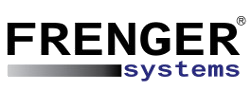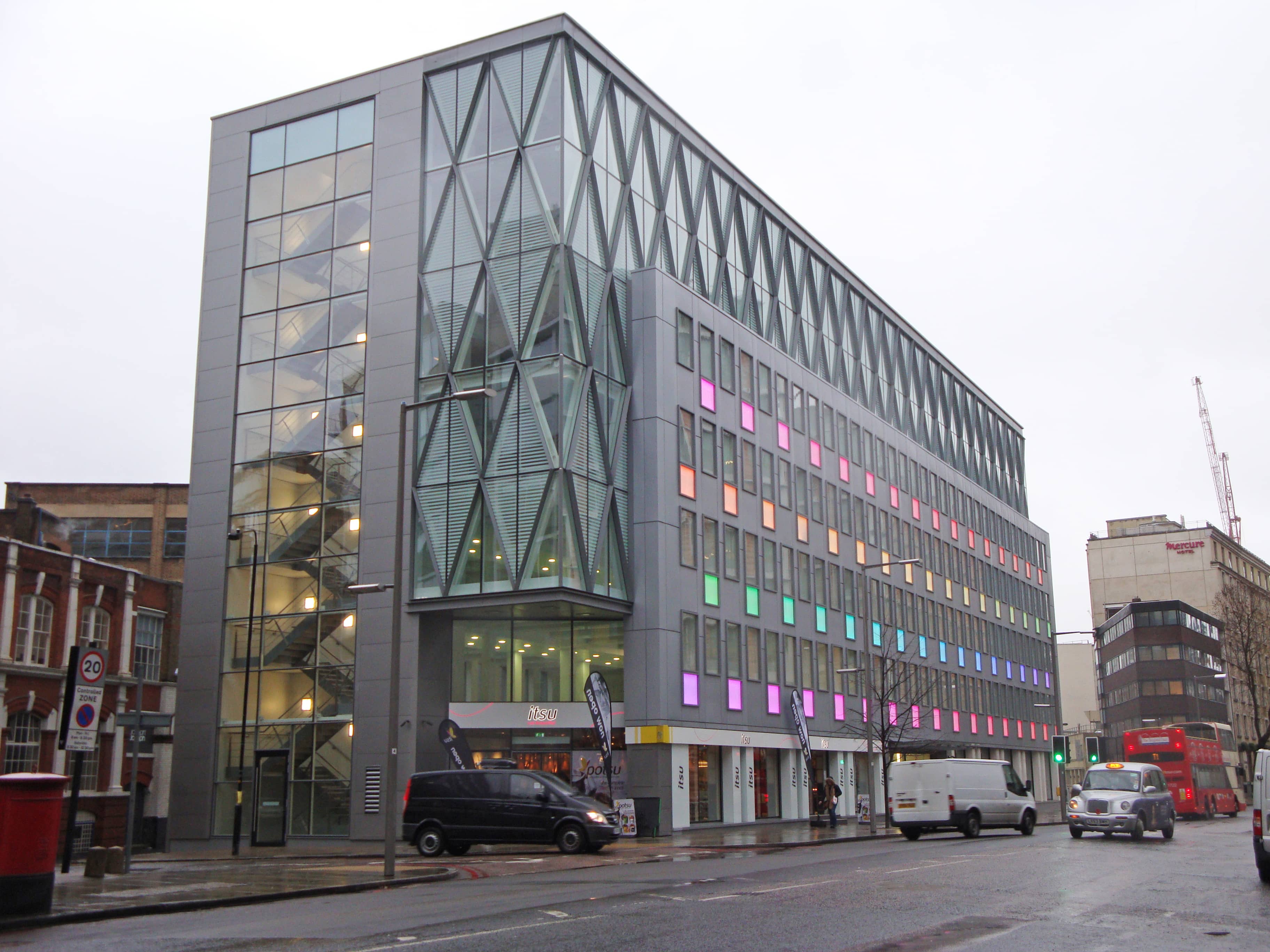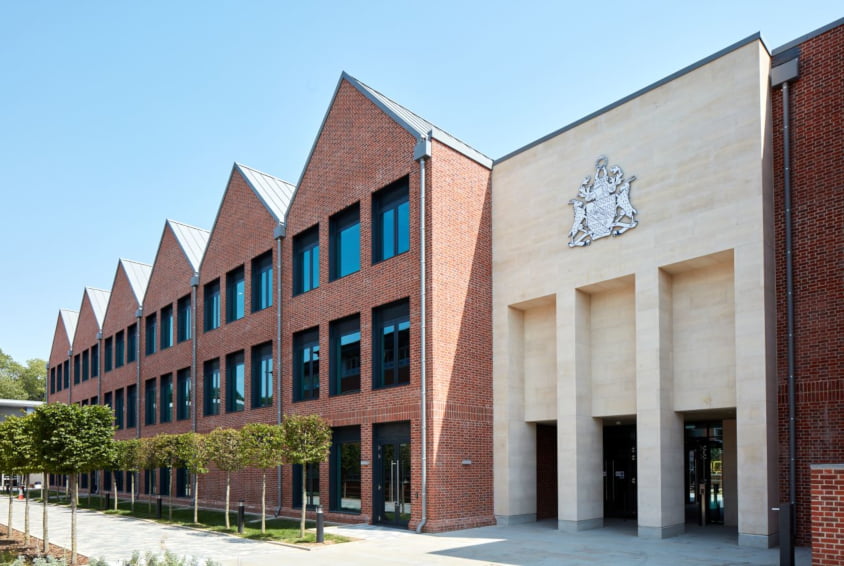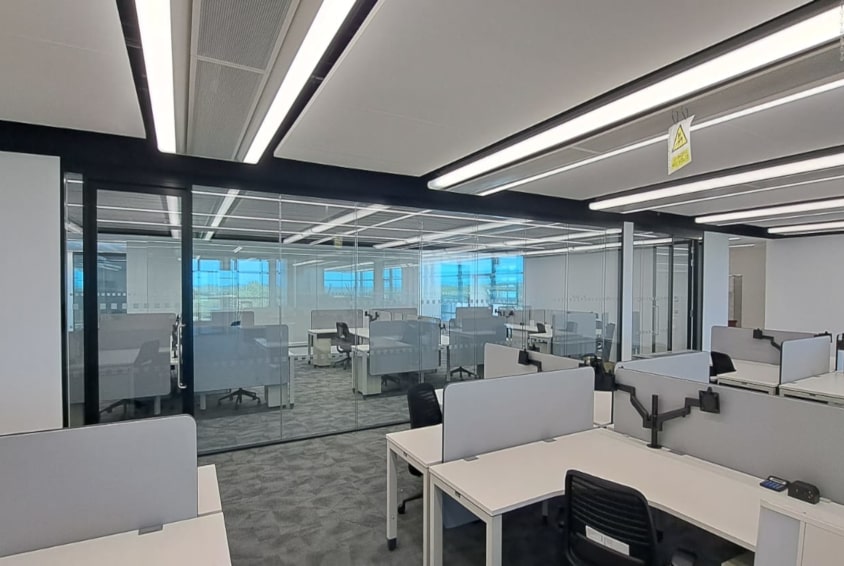Reducing Virus Transmission Through HVAC Solutions

Over the last two years, we have encountered a global pandemic (COVID-19) and have seen the ongoing effects of Climate Change around the globe.
Due to the COVID-19 pandemic, many countries and employers had introduced key safety measures such as wearing masks and social distancing as part of the everyday routine.
Within a report by global consultants HDR (Hurley Palmer Flatt), the British Council for Offices (BCO) have stated the effectiveness of various different Heating, Cooling, Ventilation, and Air Conditioning (HVAC) systems are at maintaining a healthy and comfortable indoor climate, and now with the COVID-19 pandemic it is crucial to look at how the virus is transmitted and how important it is to reduce risk of airborne pathogens by the best choice of HVAC systems, thus keeping building occupants safer.
BCO also recommends that if using Fan Coil Units which recirculate air locally in the occupied space, "should be frequently and thoroughly cleaned and where condensation occurs, drain pans, and traps should be frequently maintained to prevent the growth of bacteria and mould".
It has also been recommended that HepVo traps are installed on condensate systems that drain into waste pipework, all of which may be quite costly and most probably further increase the already considerable ongoing maintenance attributed to fan coils as a solution.
There has also been research that questions the safety of fan coil units due to the air movement that they generate having the potential to distribute potential virus particles widely throughout an office and/or indoor environment.
In terms of Chilled Beams (the alternative to Fan Coil Units), CIBSE (Chartered Institute of Building Service Engineers) has stated that "Active Chilled Beams can be operated as normal, while with Passive Chilled Beams there should be a good supply of air".

The Compact Active Chilled Beam part of Frenger's highly efficient Chilled Beam range
Improving Indoor Air Quality (IAQ) has proven benefits for building occupants, furthermore, as stated in a report produced by global consultants WSP, better indoor air quality can also help in the fight against COVID-19 and reducing transmission.
Increasing the supply of fresh air helps to dilute the virus particles amongst the other factors and considerations on non-mixing of return/extract air and keeping noise levels down whilst being both energy efficient and providing the required amount of heating and cooling in a controlled manner to maintain good thermal comfort for the building occupants.
Both Active and Passive Chilled Beam technology is a good fit for achieving these requirements as has been identified in both these independent report studies.
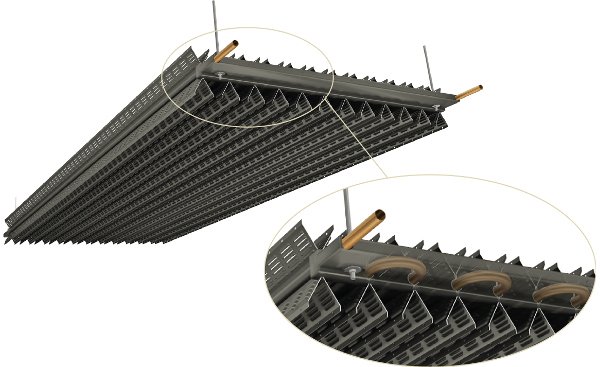
X-Wing® 'Radiant' Passive Chilled Beam
The report goes into further detail discussing how "Increased air motion is believed to cause virus particles to carry further than it normally would in still air". As stated previously by Frenger® and mentioned by WSP, Chilled Beams provide low air movement and therefore reduce the risk of increasing the horizontal travel of COVID-19 and other virus particles through the air.
An optimum cooling solution that can minimise air movement can be achieved using Frenger's X-Wing® 'Radiant' Passive Chilled Beams that have a 40% radiant absorption, as the radiant absorption does not cause air movement, so the overall spatial air velocities are lower, which will directly limit the distance virus particles can travel in the air and therefore reduce the risk of airborne pathogen transmission within the workspace.
You can learn more about the products Frenger® has to offer by visiting our products page or read more articles about the international projects Frenger® has supplied on our latest news page. Alternatively, you can contact our UK Head Office on +44(0)1332 295 678 or sales@frenger.co.uk.
